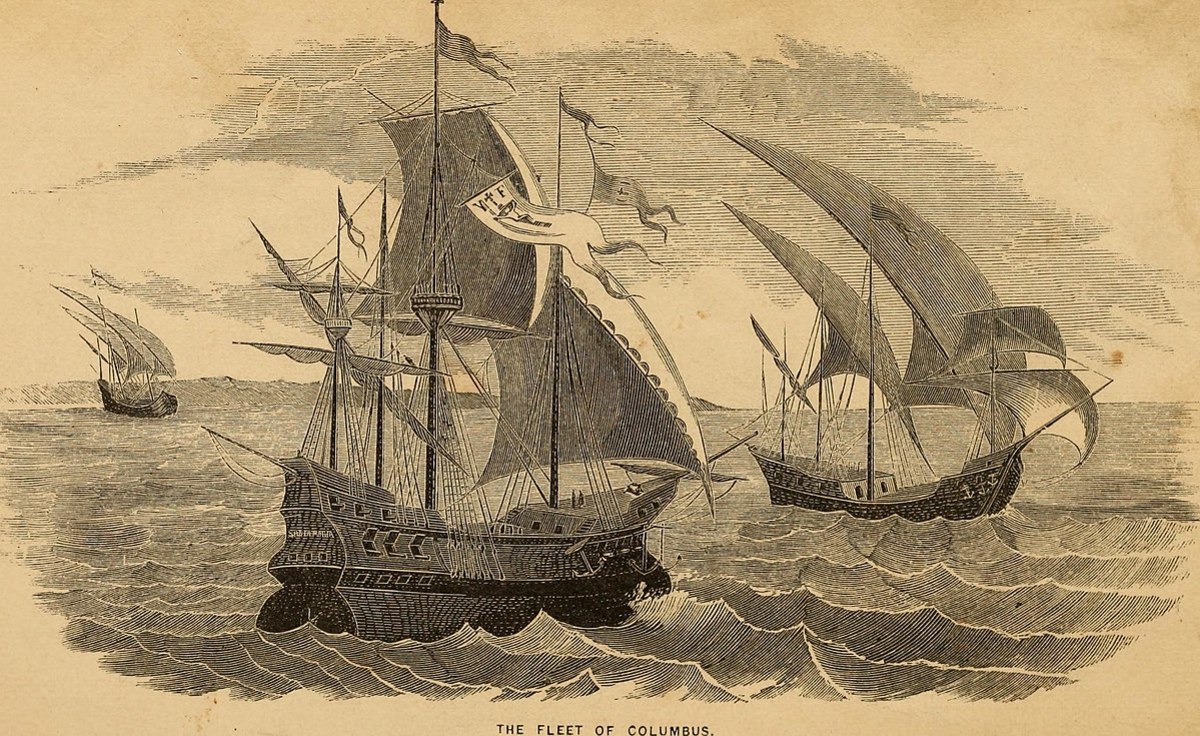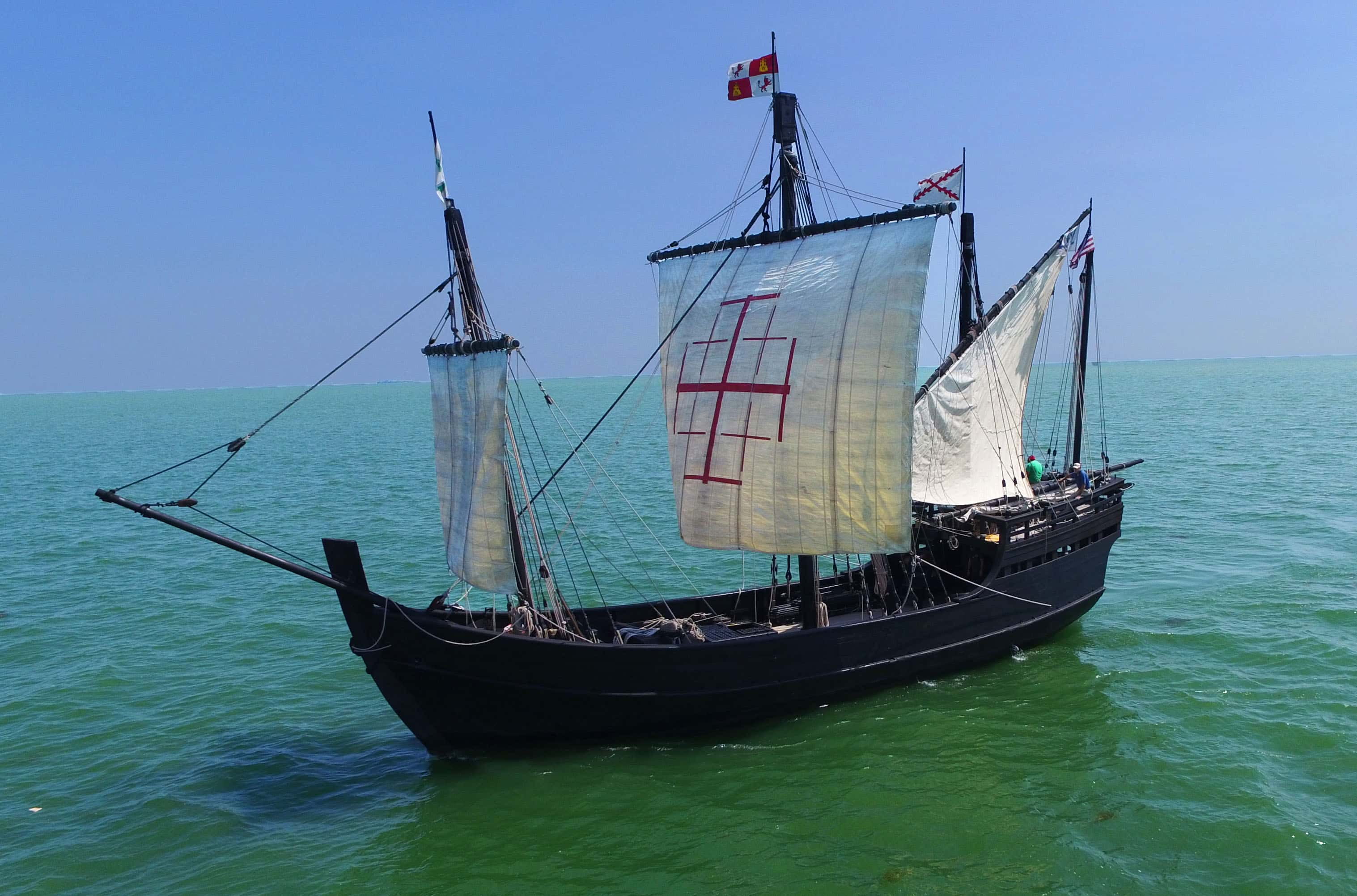

The statue rests on an elaborately carved granite pedestal with numerous undercuts, bevels and moldings designed by architect Napoleon Le Brun. The statue bears similarities to Sunol’s Columbus monument installed in 1885 at the Plaza de Colon in Madrid. At his side, a globe is mounted to a cable-entwined capstan. The statue employs religious and imperialist imagery as the explorer holds in his right hand the Spanish flag with a cross on top.

His popular reputation ever after became that of the bold, courageous adventurer who enabled American civilization, and he is memorialized here and elsewhere as such.įor the 400th anniversary of Columbus’ voyage in 1492, the New York Genealogical and Biographical Society commissioned Spanish sculptor Jeronimo Sunol (1839–1902) to fashion this bronze portrait sculpture. Focusing largely on his arrival in the Americas as opposed to the colonization of the area, Irving and others enshrined Columbus as a hero. Later, when Americans looked for founder-heroes in the early years of the republic, authors like Washington Irving ( The Life and Voyages of Christopher Columbus (1828) documented Columbus’s story. He died impoverished in Spain in 1506 with his public reputation in tatters. By the time that he sent his “Letter to Ferdinand and Isabella Regarding the Fourth Voyage” (1503), he had been undone by political charges against him, several mutinies, and the realities of his colonizing mission. His third and fourth voyages set sail in 14.Ĭolumbus's early descriptions of the Americas, as in his “Letter to Luis de Santangel Regarding the First Voyage” (1493), liken the land to an earthly paradise brimming with potential for European colonists. On November 3, 1493, this fleet of 17 ships anchored near present day Puerto Rico. After receiving a title of nobility, Christopher Columbus immediately launched a larger expedition. The members of the expedition returned to Spain triumphantly on March 15, 1493. Believing he had reached the West Indies, Columbus called the natives “los Indios,” or Indians. Columbus claimed the land for the King of Spain and renamed the island San Salvador. The ships landed on Guanahani, an island in the Bahamas. On August 3, 1492, the three modest ships that comprised Columbus’s party, the Nina, the Pinta, and the Santa Maria, set sail. In April 1492, King Ferdinand V and Queen Isabella of Spain agreed to sponsor Columbus’s proposed voyage. In the 1480s, Columbus presented this proposal to the monarchs of Portugal and Spain. Instead of heading south and circumnavigating Africa, Columbus proposed to sail west.

Columbus swam to shore and settled in Lisbon, where his brother Bartholomew worked as a cartographer.īased on speculative maps, Columbus concluded that there was a quicker route to the markets of Asia than was yet known. Legend has it that pirates sunk Columbus’s ship near the coast of Portugal. Upon his return in 1476, he traveled in a convoy destined for England. In 1473, Christopher Columbus (1451–1506) embarked on his first maritime voyage from his home near Genoa, Italy headed for the island of Khios in the Aegean Sea. This text is part of Parks’ Historical Signs Project and can be found postedwithin the park.


 0 kommentar(er)
0 kommentar(er)
